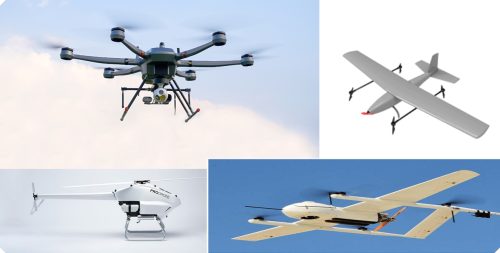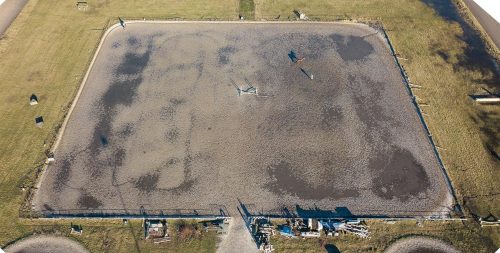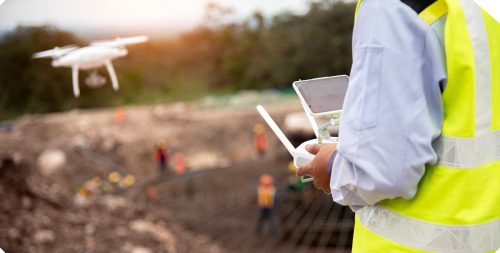Planning to buy a drone soon? What are the parameters you’re considering? If you haven’t done your homework right, you will possibly end up buying a wrong one that wouldn’t cater to desired UAV drone applications. On the other hand, a clear understanding of various drone types to identify which of them will best serve your unique needs and budget while also staying in compliance with Australian aviation regulations.
- What are you buying a drone for?
- How much flight time are you expecting per battery?
- What’s your level of experience with using a drone?
- What’s your preferred range of budget?
Here’s a complete guide for finding a perfect drone that caters to your requirements. An ultimate guideline for choosing between various types of drones. Because we understand the selection can be overwhelming. Multiple critical factors must be considered, such as drone technology, drone flight endurance, and drone battery life comparison. Let us help you navigate the four major types of drones, viz., the nimble multi-rotor drone, the powerful single-rotor drone, the efficient fixed-wing drone, and the versatile hybrid VTOL drone.
Multi-Rotor Drone – Rightly, an Every Photographer’s Dream
Imagine yourself capturing a breathtaking sunset over Uluru. Your brand new drone hovers steadily in place and allows you to perfectly frame the shot as you see the golden light bathing the iconic landscape. A multi-rotor drone truly shines in such a scenario.
|
Feature |
Rating for Australian Conditions |
|
Ease of Use |
★★★★★ |
|
Flight Time |
★★☆☆☆ |
|
Maneuverability |
★★★★★ |
|
Wind Resistance |
★★★☆☆ |
|
Payload Capacity |
★★☆☆☆ |
|
Cost |
★★★★☆ |
Why Do Multi-Rotors Stand out?
Multi-rotor drones undoubtedly make the most popular choice today. While they provide impeccable control, they’re also known best for offering stability. They are also capable of precisely navigating tighter spaces.
Typically with 4/6/8 propellers functioning harmoniously, multi-rotors can deliver you beautiful, Instagram-worthy shots. They can keep hovering perfectly still and change direction instantly. These drones carry high-quality cameras in stabilized gimbals – no wonders you get results like a pro. Moreover, they can vertically take off and land in smaller areas, making them an ideal choice of drone for urban Australian settings.
If you’re a beginner in drone piloting and CASA regulations, and are going to use drone primarily for photography/videography, a multi-rotor drone makes a great choice. Its quick setup and easy usage largely account for its popularity. If it’s mostly to be used on confined urban areas for shorter flights of under 30 minutes, this is the right match for your drone requirements.
However, you will want to consider other alternatives if you want to extend flight times, work in coastal locations, frequently operate in high winds, and often carry heavy payload. If you’re seeking commercial drones for surveying larger and spacious rural areas efficiently, this is not the one for you.
Single-Rotor Drone – The True Heavy Lifter
People often give a though to analysing single rotor vs multi-rotor drones. Here are a few questions for you. Does your drone work often demand an additional payload capacity, longer flight times? Has Australian weather conditions been on your mind while you set your parameters for drone flight? We suggest you be honest about your drone needs as it’s all about the complexity of use, the additional cost, and stringent CASA requirements. If your answer is yes, let’s dive deep into the single-rotor drone type.
|
Feature |
Rating for Australian Conditions |
|
Ease of Use |
★★☆☆☆ |
|
Flight Time |
★★★★☆ |
|
Maneuverability |
★★★☆☆ |
|
Wind Resistance |
★★★★☆ |
|
Payload Capacity |
★★★★★ |
|
Cost |
★★☆☆☆ |
Why is a Single-Rotor Fondly Called the Powerhouse?
Did you know a single-rotor drone resembles the traditional helicopter that has a main rotor providing lift and another rotor that provides stability? Yes, it looks like a helicopter and can take up a substantially high payload. That’s what makes it a powerhouse. The design is especially beneficial for operating in Australia’s diverse climatic conditions.
The exceptionally higher payload capacity, and longer flight times make this drone an ideal choice for categories like mining and agricultural equipment. Whenever it comes to reaching ultra-remote locations, it makes a great choice. This drone displays greater efficiency in forward flight across the vast Australian distances. It’s designed to perform better amid high winds.
This drone type works perfect for those conducting extensive industrial inspection projects. However, if you’re a beginner pilot and don’t have any advanced CASA certification, we recommend you avoid buying this drone. Moreover, wherever ultimate stability is required for photography/videography, or if your drone work is in noise-sensitive areas like wildlife sanctuaries, this drone type cannot be an option for you.
On strict budget constraints? Better look for an alternative. In a nutshell, it’s an ideal drone choice if go with a high budget dedicated to advanced equipment and training.
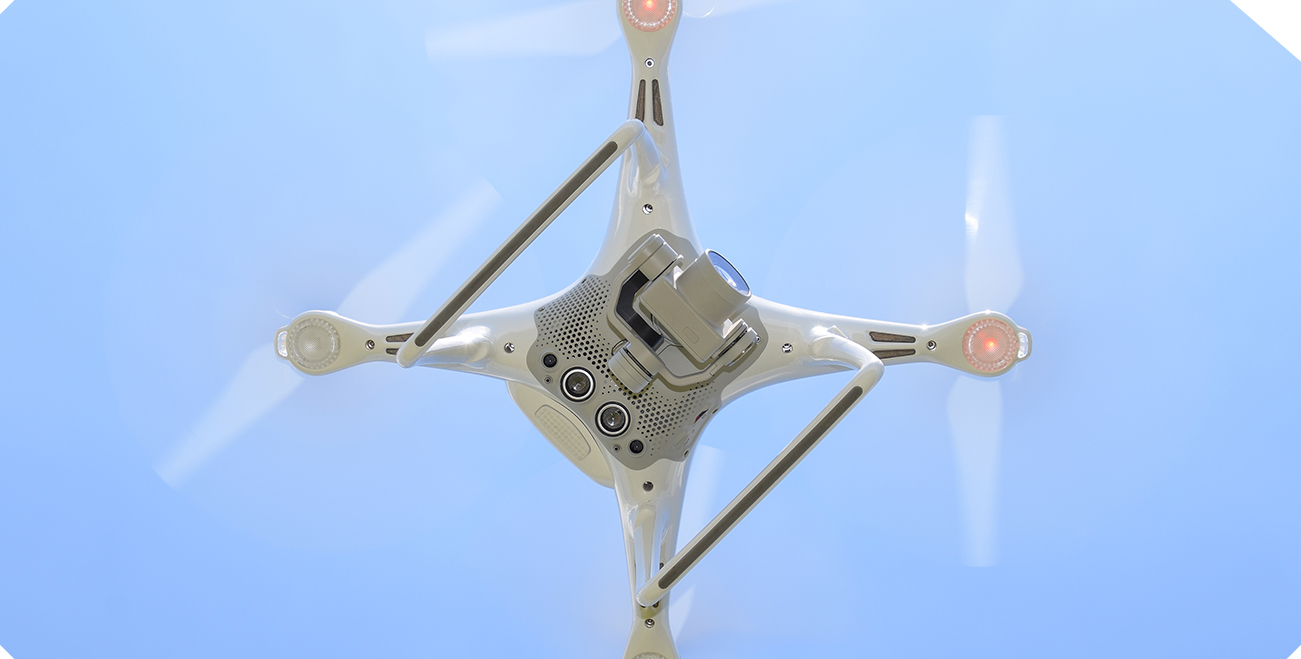
Fixed-Wing Drone – The Winning Marathon Runner
Resembling traditional airplanes, fixed-wing drone excels at both efficiency and speed. Just like the name suggests, this drone type makes use of wings unlike others that use rotors to generate lift. The fundamental difference in its design is what makes it stand out and deliver some remarkable advantages, especially in Australia’s vast spanning landscapes.
|
Feature |
Rating for Australian Conditions |
|
Ease of Use |
★★★☆☆ |
|
Flight Time |
★★★★★ |
|
Maneuverability |
★★☆☆☆ |
|
Wind Resistance |
★★★★☆ |
|
Payload Capacity |
★★★☆☆ |
|
Cost |
★★★☆☆ |
What Makes Fixed-Wings Remarkably Efficient?
The exceptional flight times that often range between 1 and 3 hours, at times even more than 3 hours, highlight the efficiency of this drone as its most desirable feature. It makes an ideal choice for Australian properties that are spread over large areas. The ability to cover large distances on a single battery is another extraordinary offering of this drone. In addition, it provides higher flight speed and excellent performance even in higher altitude locations. Another USP of this drone is its highly desirable energy efficiency in hot weather conditions.
Aerial mapping and assessment of extensively large rural properties, forests, farmlands, or croplands with high efficiency is the job of this fixed-wing drone. Its notably longer flight times necessarily promote its employment in tasks in and around remote Australian locations. It only needs space for takeoff and landing, which is abundantly available in rural areas. These features make it the best drone for aerial mapping applications. Cost benefit analysis however clearly suggests that the efficiency per hectare is more important for application in the likes of agricultural operations.
On the other hand, you might want to find an alternative if the drone is needed for hovering in place to conduct some infrastructure inspection, or simply photography/videography of some tourist destinations. Moreover, if your drone work is in confined spaces or urban areas, we recommend not to go for this one. Looking for one that takes off and lands vertically? Fixed-wings will not be a good idea here.
Hybrid VTOL Drone – The Versatile Innovator
Looking for the efficiency of fixed-wings along with the capability to take off and land in a forest clearing? Here’s when hybrid VTOL drone comes in picture with a perfect solution. As the name suggests, this hybrid drone blends the best of both – fixed wings and multi-rotors, making it ideal for your tasks in varied Australian terrains. The flight times that typically last anywhere between 45 and 120 minutes are absolutely impressive, making it a perfect assistant tasked on search operations.
|
Feature |
Rating for Australian Conditions |
|
Ease of Use |
★★★☆☆ |
|
Flight Time |
★★★★☆ |
|
Maneuverability |
★★★★☆ |
|
Wind Resistance |
★★★★☆ |
|
Payload Capacity |
★★★☆☆ |
|
Cost |
★☆☆☆☆ |
Why Do they Call Hybrid VTOLs Revolutionary?
Excellent operational flexibility is the foremost advantage that this drone offers. Rotors specifically designed for vertical takeoff and landing in confined areas, and wings that majorly account for its efficient forward flights across vast distances also highlight the strongest USPs of this category. The ability of transitioning between forward flight and hovering makes this drone an ideal choice for varied Australian terrains.
If your missions are diverse and often keep changing between rural and urban settings, it becomes imperative to have efficiency in both forward flight and hovering. Hybrid VTOL makes a great choice here. Whenever your work demands large area coverage despite lacking the necessary runway space, this drone type can come to your rescue. You will certainly want to go for it if you’ve got high budget allocated to high-end technology.
However, if the missions are simpler-rather single-purpose, and in consistent environments, this drone may not be the best suitable one. Moreover, if you frequently need only one of the two, i.e., long-range flight capability and hovering capability, spending a fortune on this drone is not recommended. Operating on a tight budget? Struggling with limited funds? Hybrid VTOL is clearly not a good idea then.
No matter you’re planning to buy a drone for personal or industrial application, we’re just a call away to guide you in picking a perfect match.
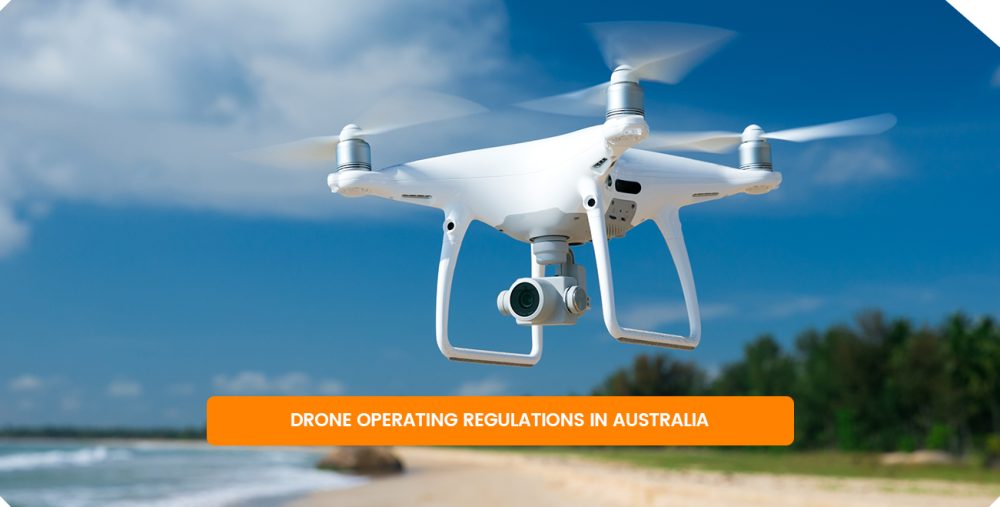
Drone Operating Regulations in Australia
Operation of drones in Australian lands takes detailed understanding of the Civil Aviation Safety Authority (CASA) regulations before compliance. Let’s shed light on some of the regulatory requirements for each of the drone types.
Do You Find CASA Regulations Complicated to Understand?
Here’s a summary for you.
|
Drone Type |
Typical Australian Regulatory Peculiarities |
|
Multi-Rotor |
A lot of models available in the ‘under 2kg’ category Relatively easy approval process |
|
Single-Rotor |
Design and operational complexity, and size demand full ReOC and RePL |
|
Fixed-Wing |
Additional approvals required when it comes to larger operational areas |
|
Hybrid VTOL |
A wide range of approvals and comprehensive certification mandatory |
The commercial category ‘Sub-2kg’ has simplified certification requisites for lightweight drones, i.e., those weighing under 2kg. The category typically includes entry-level multi-rotor drones. Flight notification and operator registration are mandatory by default.
For operations that are more advanced, it’s mandatory to have a Remote Pilot Licence (RePL), especially while flying larger drones that may majorly include single-rotor, or fixed-wings. The Australian market has a wide range of training courses for this certification.
On the other hand, when businesses purchase drones for commercial operation, it’s necessary to have a Remote Operator Certificate (ReOC). The approval process for this certification is a bit complex, scrutinizing thorough operational manuals and safety procedures. The certification for Beyond Visual Line of Sight (BVLOS) flights or similar operations is even more critical.
Certain specific Operating Restrictions are there for all kids of drone operations all over Australia. Some of these include a maximum altitude limit of 120m above the ground level, special approvals for excess daylight operations, and explicit regulatory approvals for flights within 5.5km of controlled aerodromes.
The Task of Budgeting
Besides the precise task requirements, budgeting is another critical factor to consider while selecting your drone. Budgeting of a drone in Australia is the cost of regulatory compliance. According to the Australian Drone Regulatory Authority, a RePL course costs in the range of $1,500-$3,000 AUD, whereas an ReOC application can cost anywhere between $5,000 and $10,000 AUD, including documentation preparation and consultation fees.
Key Takeaway
Whatever your drone needs in Australia, remember that the perfect drone is the one that accomplishes your specific mission efficiently and reliably in our country’s unique weather conditions. Take your time, do your research, perform detailed drone flight endurance comparison, check out the upcoming UAV drone technology trends, and don’t hesitate to seek expert advice before making your investment.
|
Feature |
Multi-Rotor |
Single-Rotor |
Fixed-Wing |
Hybrid VTOL |
|
Flight Time |
20-30min |
30-60min |
1-3+h |
45-120min |
|
Range |
1-5km |
5-15km |
10-100+km |
10-80km |
|
Ease of Use |
Easy |
Difficult |
Moderate |
Moderate |
|
CASA Complexity |
Lower |
Higher |
Higher |
Higher |
|
Hover Capability |
Excellent |
Good |
None |
Excellent |
|
Wind Resistance |
Moderate |
High |
High |
High |
|
Heat Tolerance |
Moderate |
Good |
Good |
Moderate |
|
Payload Capacity |
Low-Medium |
High |
Medium |
Medium-High |
|
Operational Cost |
Moderate |
High |
Low |
Moderate |
|
Best For |
Tourism, Urban Inspections |
Mining, Heavy Sensors |
Rural Properties, Agriculture |
Emergency Services, Versatile Operations |
|
Not Ideal For |
Outback Distances, Heavy Loads |
Beginners, Tight Budgets |
Urban Areas, Hovering |
Simple Missions, Tight Budgets |
Here’s how to go about it.
- Define your use case
- Check regulatory requirements
- Define your budget
- Consider Australian conditions
- Check availability of models in Australia
- Seek expert assistance
Schedule a call with AUAV’s expert team today and we shall prepare you to take the first step towards finding your perfect drone match!

